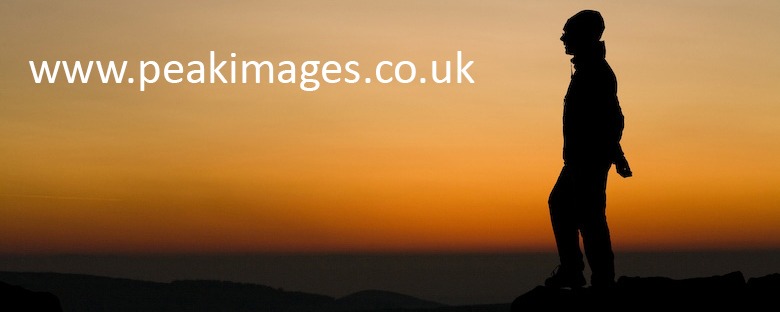The lack of Canon stand in particular was very noticeable (they pulled out lsaat , and quite frustrating. One reason for going to Focus was to test out how much faster to autofocus the 300mm f4 prime lens is than my 100-400mm lens. (Which isn’t being fast enough for my liking for wildlife!) But with Canon not there, I was relying on the retailers such as Jacobs (who seemed to be doing a roaring trade), Calumet and 1st cameras. And this lens didn’t appear to be in the stock that they had available.
However the Sigma stand was full of lenses, which gave me a good chance to look at the 12-24mm lens. And I was expecting a wide angle of view, but it’ s really amazing just how much wider the view is at 12mm than 24mm. And although I’ve heard some reports of it not being particularly sharp, the copy they had on the stand seemed pretty good to me, despite the low light levels in the exhibition hall. But the exciting news is that apparently it’s being redesigned for digital (full-frame digital!) and the new version will be roughly the same price and out soon. (On the stand, they reckoned roughly a month, but weren’t 100% sure).
It was also interesting to get a brief look at Sony’s SLT EVF alpha-55 and Panasonic’s G2. Both cameras are significantly smaller than a standard dSLR, and both sport electronic viewfinders. And these are distinctly odd when first looked through. They seem much brighter, clearer and sharper than we’re used to with conventional viewfinders, but also seemed quite jerky and jumpy. I think it would take some getting used to, but perhaps in a couple of generations time when some of the movement has been designed out, we’ll wonder how we ever managed with an optical viewfinder! A lack of card in the Panasonic meant it was hard to tell the quality of the recorded image, but I felt the Sony wasn’t quite as sharp as I’d like. Now in fairness, it’s probably very unfair to compare it to my main camera (5mk2 with a 24-105 L lens) and I didn’t have anything equivalent to compare it like-to-like on, so I’ll not say any more on that. But the shooting speed of the Sony in rapid fire mode was amazing. For capturing the action, this camera is seriously fast. And it’s lightweight and portability means it could well venture into tougher places than you’d want to take the weight of a full-frame dSLR… An interesting prospect.
The Panasonic also felt very comfortable in my hands, and the touchscreen LCD was a really interesting design feature. The menus felt rather overcomplicated, but apparently one of the design requirements of the camera was for all the family to be able to use it, which results in it needing to be idiot proof at one end, and allow full manual control at the other. Result – rather too many menus on first glimpse, but with a bit more time to play with, it may make a lot of sense, especially if settings can be saved for each user. The autofocus also had a bit of a mind of it’s own – not always wanting to focus on exactly the point I chose but it could well be that I hadn’t worked through the 20million menu options to sort that!
And finally – my favourite inkjet paper has just been discontinued 🙁 I used to use the wonderful Matt Pro fibre based baryta paper from Harman, but they’ve recently partnered with Hahnemuhle and no longer make this paper. Have a pack of the new Hahnemhule/Harman offering to test out – we’ll see how much it differs (and whether that’s an improvement or not!) in due course.
